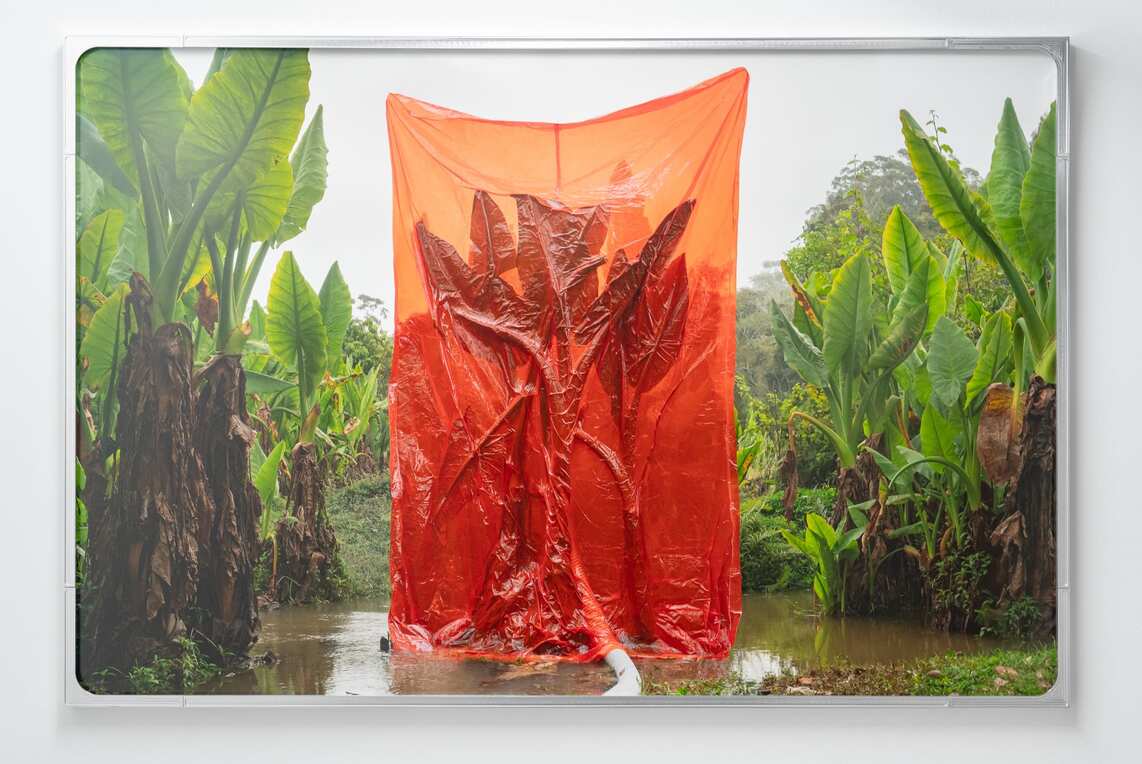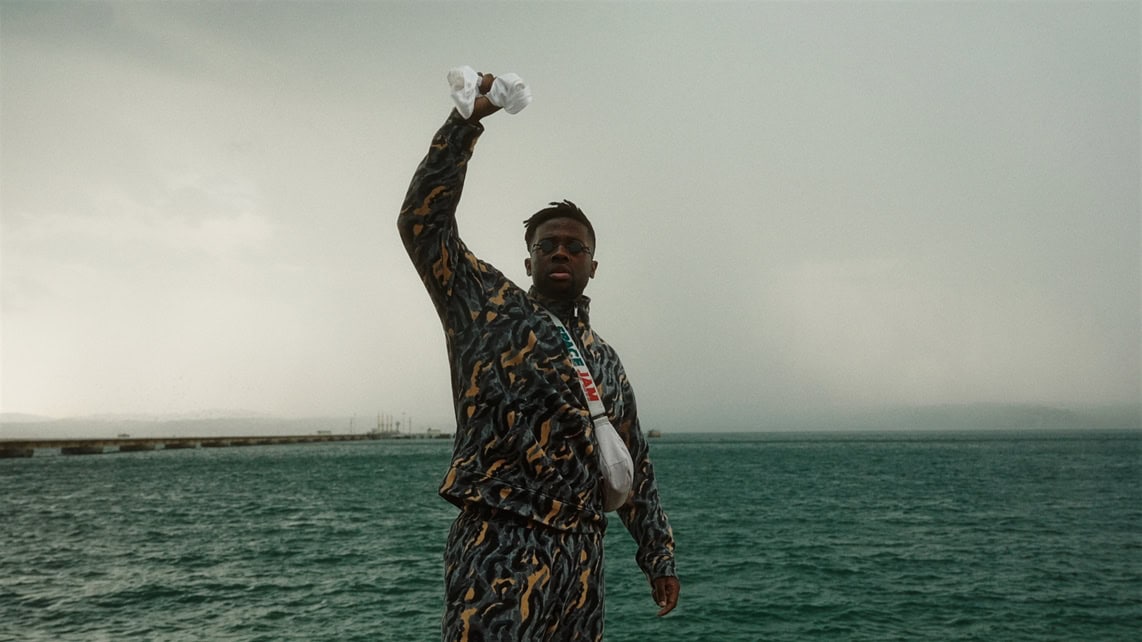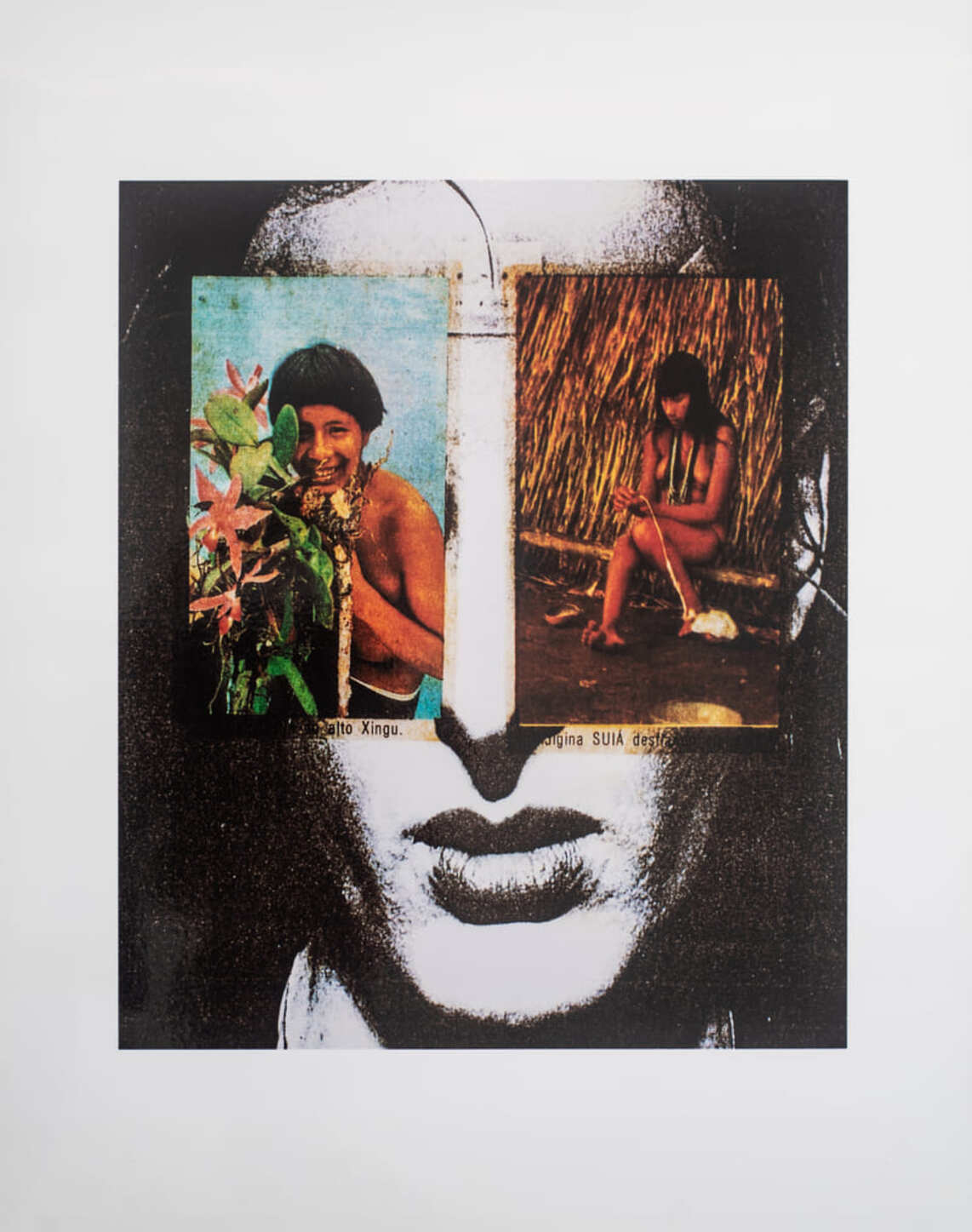article
A fish's preferred angle (and other hypotheses for designing interspecies worlds)
In ´Interespécies´, architecture serves as a theme for more-than-human speculative thought, inviting the demands of these and other existences to the center of a multidisciplinary reflection on the coexistence and responsibility that we share — in different ways, but without exception — on Earth.
Recently, a series of readings have ingrained in me, almost unintentionally an idea: that language and cities share common interests and organizations. The idea is not mine, of course. Among the (more or less) concise group of authors who have kept me company, I attribute it to Jacques Derrida, in Gramatologia: “it would be necessary to meditate together on the possibility of the road and of difference as writing, the history of writing and the history of the road, of rupture, of the via rupta, of ruptured life”[1], of “communication routes”, in Portuguese from Portugal. In another text, Giorgio Agamben — drawing on Ingeborg Bachmann — writes that both language and city have “their ancient center, followed by the more recent parts and the peripheries, […] the ring roads and the gas stations […]. The city and language contain the same utopia and the same ruin, we dream and lose ourselves in our city as in our language, or rather, both are only the form of this dream and this disorientation”[2].
I, who am more interested in maps of language and literature than in Lisbon — my home — or Rio de Janeiro — my first home —, especially in an effort to find the frontiers of humanity in them, began to wonder what it meant, then, to inhabit a language and a territory designed only for a solitary species. After all, what would be the ideal home for a bee without a family (Bee Home, 2020, Space 10)? The clock to mark the rhythms of a day on the skin of a flower (Relógio floral de Linnaeus, 1897)? The preferred angle of a fish (Fish Cube, 2024, resident studios SUPERFLEX and KWY.studio)? Or, even, the political demands of the Tagus River (Mala Diplomática, Confluence of European Water Bodies, 2018, Embassy of the North Sea)?
In Interespécies, architecture serves as a theme for more-than-human speculative thought, inviting the demands of these and other existences to the center of a multidisciplinary reflection on the coexistence and responsibility that we share — in different ways, but without exception — on Earth. The exhibition, curated by Mariana Pestana, marks the first programmatic cycle of the MAC/CCB Architecture Center — with architectural design by BUREAU —, in a spirit of procedural and experimental openness that brings together investigations in books, maps, drawings, installations and a myriad of materials and works. There are many precious research and fieldwork presented here, fruits, above all, of small (large) revolutions in our ways of paying attention to, enjoying and interacting with the world — as well as in our methodologies for producing thought and knowledge. To learn how to share, live and die well on this planet[3], we must summon all our personal and collective fiction, and use all our critical and sensitive tools: new cities (or, who knows, new languages) are necessarily created with new teachers, scientists, legislators, architects, artists, humans.
Strolling through its three exhibition centers — entitled aproximar (approaching), coabitar (cohabiting) and conspirar (conspiring) — as if standing on the “side of the roads where people travel at high speed”[4], surrendered to the “mystery of presence”, makes us participants in an ongoing (re)discovery of the future. We feel that we are, in fact, in the midst of something that is being produced — crossed by the intimacy and novelty of ideas, doubts and risky perspectives, unfinished connections, intuited omens. We feel, in effect, less helpless, less silent — perhaps even less condemned to a sad fate. There are new maps to orient life and non-life, new feral atlases (Feral Atlas, 2021, Anna L. Tsing, Jennifer Deger, Alder Keleman Saxena and Feifei Zhou), graphies to sediment unstable worlds: we have learned to make the invisible visible, to wander through different scales (those that each intersection of problems requires, in its way), to avoid algorithmic deserts and the mines of imagination towards the strata of solidarity or the forest of friendly ghosts (The Map of Empathic Society, 2020, The Rodina).
Interespécies, on display until August 31, also includes a public program of activities and the awarding of two research grants and two residency spaces to projects selected through an open call.
[1] Derrida, J. Gramatologia. Perspectiva, 2017, p. 133.
[2] Agamben, G. “Da Utilidade e dos Inconvenientes do Viver entre Espectros”. In: Nudez. Relógio D’Água, 2010.
[3] Haraway, D. Staying with the Trouble: Making Kin in the Chthulucene. Duke University Press, 2016.
[4] Frédéric Gros on the back cover of Caminhar, uma filosofia. Antígona, 2024.
BIOGRAPHY
Laila Algaves Nuñez is an independent researcher, writer and project manager in cultural communication, particularly interested in future studies developed in philosophy and the arts, as well as transfeminist contributions to social and ecological thought. She has a BA in Social Communication with a major in Cinema (PUC-Rio), an MA in Aesthetics and Artistic Studies (NOVA FCSH) and is a PhD candidate in Artistic Studies - Art and Mediation (NOVA FCSH) with an FCT scholarship. She investigates the potential of writing and fiction as tools for safeguarding the Rights of Nature, proposing and participating in research-action projects that cross the intersections between words, performance, imagination and ecological activism.
ADVERTISING
Previous
article
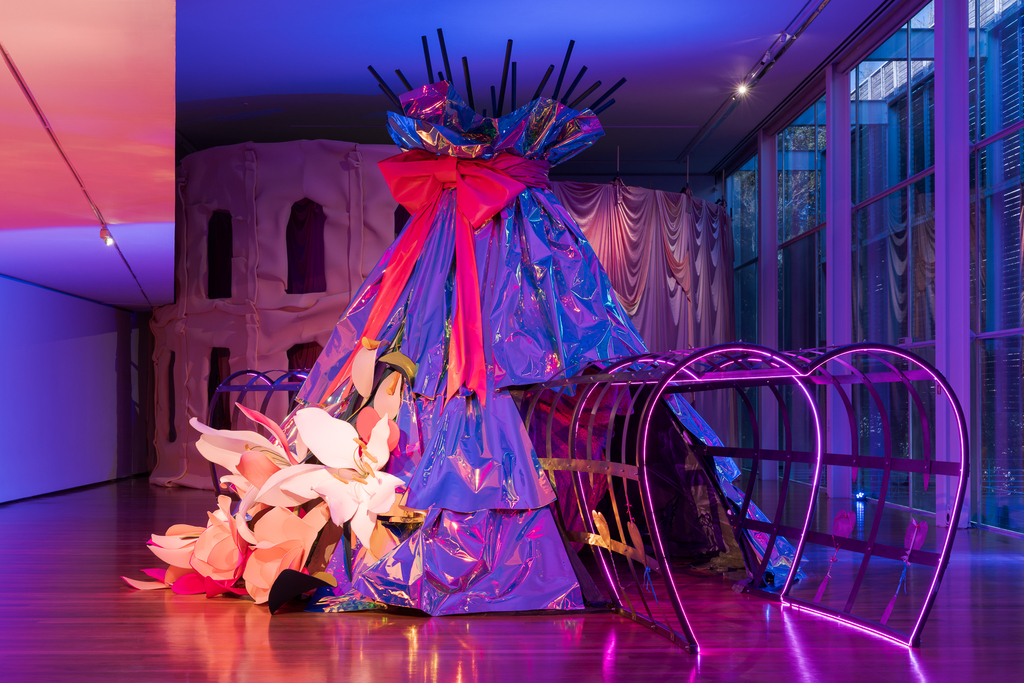
05 Jun 2025
Depth of Field by Mónica de Miranda and Deep Scarlet, Scream Ruby by Pauline Curnier Jardin, at the Galeria Municipal do Porto
By Rita Barqueiro
Next
article
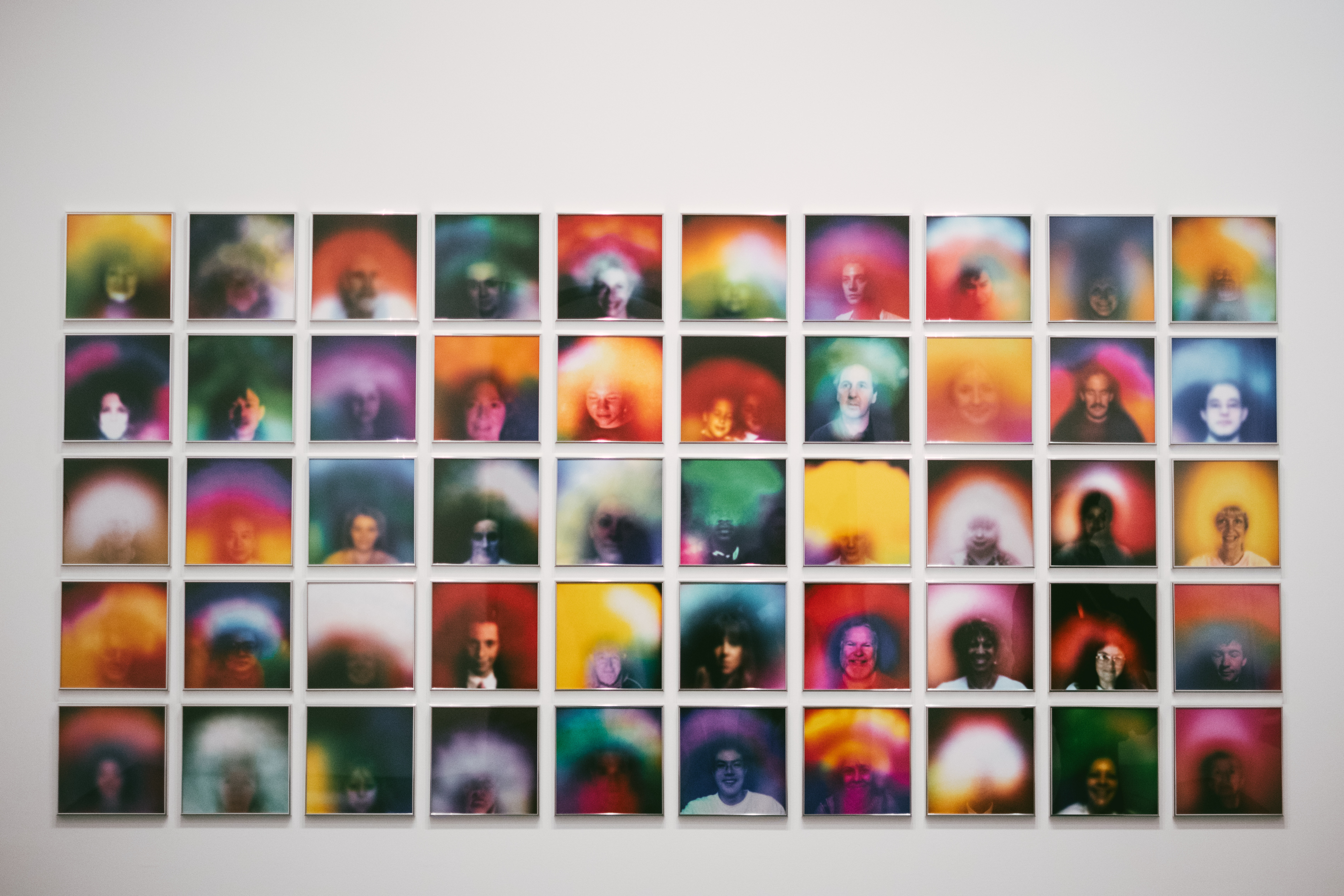
11 Jun 2025
Identity as collaboration: marginal echoes in the work of Susan Hiller
By Maria Inês Augusto
Related Posts

